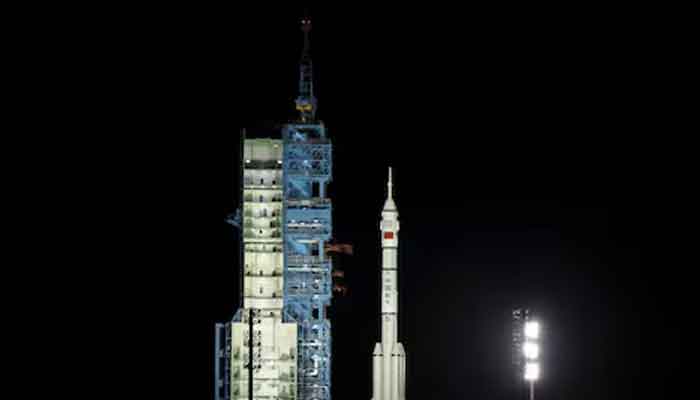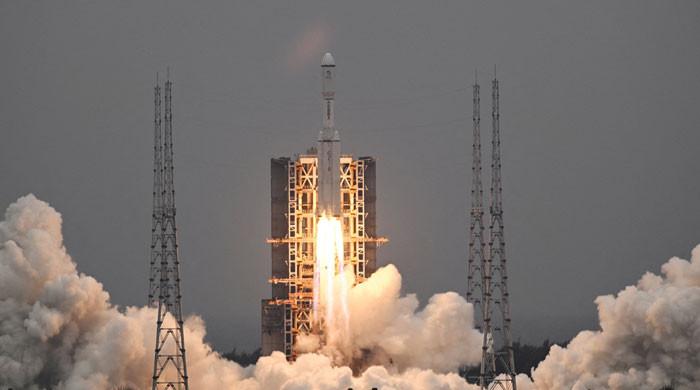China's Shenzhou-19 spacecraft lands in country's north
Spacecraft, its three crew have been sent into space last year to work on "Tiangong" permanently inhabited space station
April 30, 2025

HONG KONG: China's Shenzhou-19 crewed spacecraft landed in the north of the country on Wednesday, state broadcaster CCTV reported, after a one-day delay due to weather conditions at the landing site.
The spacecraft and its three crew were sent into space in October last year to work on China's "Tiangong" permanently inhabited space station.
Shenzhou crewed spaceflights have been a regular fixture of the country's space programme for the past two decades and have increased in frequency in recent years after China officially completed "Tiangong" in November 2022.
The fast development of China's manned and unmanned space programme has alarmed the United States, which has encountered issues with its own crewed spaceflights.
China is aiming to achieve a manned landing on the moon by 2030.
The Shenzhou-19 crew was made up of two male astronauts aged 48 and 34 and China's third female astronaut, aged 35. It was the first spaceflight for the two younger astronauts.
All part of the Chinese military's air force, the crew have been conducting experiments, some related to the construction of human habitats.
One of these experiments was expected to involve exposing bricks made from simulated lunar soil to conditions in space.
Should the tests prove successful, the bricks could be a key material used in the construction of a permanent lunar research station, which China hopes to complete by 2035.
Shenzhou missions have involved trios of astronauts and six-month stays in space, with an overlap period of several days where the departing crew hand over the station to the newly arrived group.











